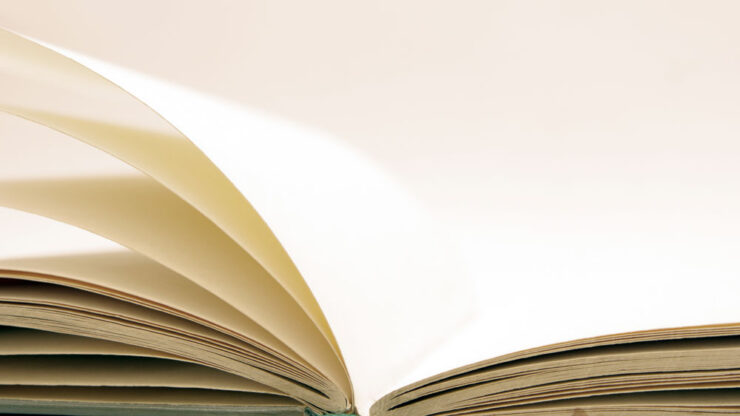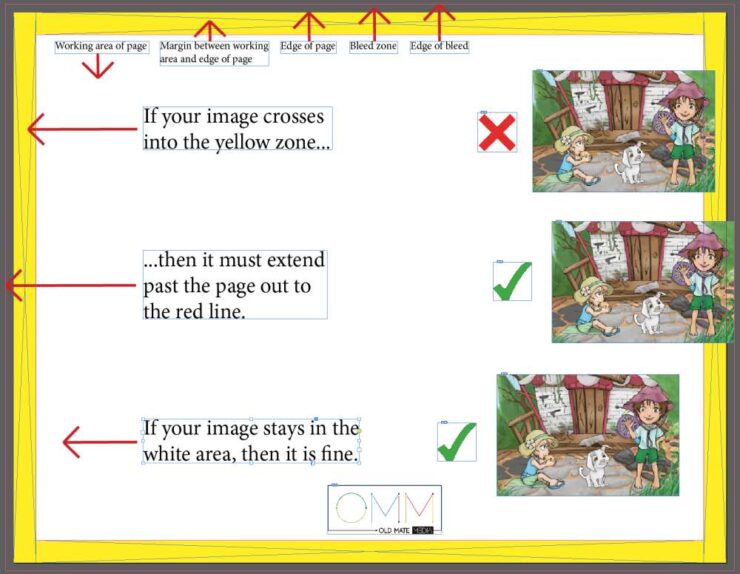Everyone knows that children’s books are interactive, and kids enjoy reading them. These are speciality copies, and their printing process differs from the rest of its features. Printers use high-quality machines and ink, and the process is broken down into various other vital functions, and the final output is worth the investment and the effort.
Creating good children’s reading material starts with a good page choice, and it is always suggested to use heavy 80 lbs (80#) or 100 lbs (100#) paper stock for creating a sturdy kids’ book. (people with kids know the reason behind it). Trim sizes vary more than most books, so many trim sizes specifically cater to kid’s books.
Kid’s book publishers also use Smyth-sewn or thread-seal bindings to make them longer-lasting. Moreover, a glossy finish is required for the cover to offer books a long life! They mainly work well to form vibrant kids’ images and offer superior kids’ books. They also apply various finishes to ensure that the books are unique, like foils. Spot finishes, ribbon markers, color end sheets, embossing, foils, etc.
The starting phase of children’s book printing, i.e., choosing the proper paper type, is essential, and you should be sure that you follow it with care and the right approach. In this regard, you can find here the right one among the best paper options for children’s book printing. Thus, the first step is choosing the right one among the available paper options.
Selecting Right Paper Types To Print The Book

What paper type would be best to ensure that the interior book pages are perfect? People get the question quickly, and there are no wrong and correct answers to such questions. The paper stock choice is solely your decision. The article further discusses all the available paper options in the children’s book publishing and printing industry and the stocks most publishers can commonly get.
Various Paper Types Available For Kids’ Book Printing
Publishers ensure that the paper quality is the best. And all paper types used are acid-free (with an acid-free version, the paper doesn’t turn yellow over time). All used paper types have an FSC Chain of Custody Certification. Some available paper stocks for use are:
- 50# White Smooth Offset
- 60# White Smooth Offset
- Natural Smooth Offset
- White Smooth Offset
- White Gloss Text
What Types of Paper Options Are Available For Kids’ Books?

Most kids book prints need uncoated paper for inside book pages and coated ones for book covers. Uncoated stocks are also available in different weights and finishes. They are available in two finishes, either smooth or vellum finish.
The uncoated smooth finish would be soft, helping keep text and photo printing sharp. The vellum finish does not appear smooth to the naked eye, but after closely looking, you can also see fibers that stick from the sheet. Printed texts and images do not look good on vellum than smooth stock, as little stuck-up fiber makes photos and types not crisp like smooth finish.
Coated stocks also add clay coating in the papermaking process; the coating is generally a gloss, matte, or silk finish. The layer does not allow ink absorption but rests on a clay coating top. Since the clay coating is on the fiber shelter, the photos and text lose some definition and will appear more vivid and defined. While printing the book in the black and white or colored version, you’ll see noticeable differences in the looks of the ink on the uncoated stock and the coated one. With the coated stocks, the ink would also appear brighter with a glossy appearance. The ink becomes absorbed into fibers on uncoated stocks, and you will get a dull appearance.
The Best Paper For Kids Book
While no definite answer is there to the question, you can consider a few guidelines while selecting a stock for the book interior.
- 50# white offset is generally meant for books with only one type without any pictures used in its copy.
- The best paper for photos and type is the 0# natural (cream-antique color) or white offset.
- The 70# white offset would be the perfect choice for the thicker paper version and has excellent ink coverage for helping with bleed.
- You can use the 80# gloss when you want sharp-looking pictures that pop up on your book’s pages.
These work best for recipe books, yearbooks, or kids’ books with too many photos.
You can visit a bookstore to see the paper types used for the same book genre for a more detailed outlook. You can order free sample books when you wish to see or feel stock samples used in such books. In the sample version, with PrintSafari, you get the used stocks specifically designed for printing high-quality photos, and the printing service offers a wide range of photo stocks to choose from.
Most newbie kids’ book publishers need clarification about the type of paper to print a children’s book. The answer is sometimes unclear, but there are a few things to consider to get you on the right track.
Bleed In A Children’s Book

The process of creating a children’s book can be difficult and tedious. One of the many challenges is adding bleed. If you do not add bleed to your book files, you may find that your printer rejects your work. There are two basic ways to add bleed.
First, you can print the document on a larger sheet. It allows for the document to be trimmed down to the correct size. Second, you can add bleed to your document by adjusting the margins. In addition to trimming the edges of your pages, you can create custom margins for full-bleed printing.
The best way to add bleed to a file is to hire a professional book designer. It can be costly, however. Also, be sure to consult with your designer before making any final decisions. They can help you avoid expensive errors and fix any issues that may arise.
Bleed is an integral part of the printing process. It’s the extra room around images that bleed off the page. Not only does it help keep the background from being trimmed off, but it also helps prevent a white edge from being exposed.
Final Outlook
With these paper options, you’ll have your quality kids’ book ready. You should also laminate the front cover to make children’s reading material. Lamination is an affordable and straightforward way to add extra durability to your book. While it is not as strong as a hardcover binding, it protects it from tears, scratches, and dirt. In addition, it is easy to do at home. Another option is to use silk or other types of material for the front cover.
It will prevent sun damage and provide a smooth, glossy surface for your images. Finally, apply a clear contact paper on the front and back of each page. Make sure to leave a slight edge so the pages are sealed. Now, place the cover on the grid backing and push the boundaries of the cover down. Your kids’ book is perfect now for the market.

